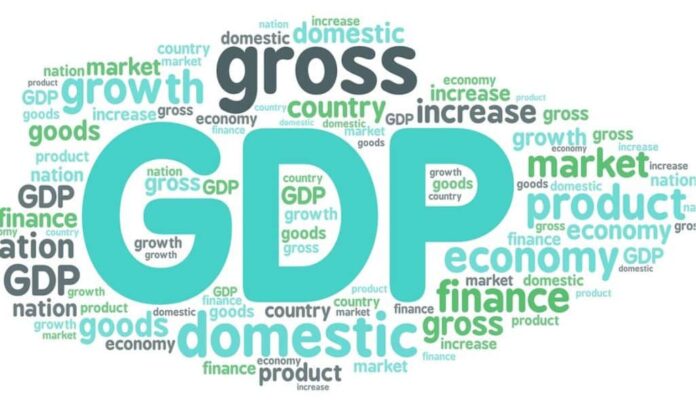In the first quarter of 2025, the US economy fell. The Commerce Department also reported that the GDP dipped 0.3% in January to March. That made the economy look at a negative quarter; this was the first time in almost three years. The increase was a bit above that expected from most experts.
Factors such as President Donald Trump’s new trade tariffs, less government spending, weaker consumer demand, and other things are being blamed for the surprising decline.
What Caused the Drop?
Other analysts put the blame on a number of factors. First, consumer spending slowed down. The first three months of the year were not as good in terms of American spending as in the past; Americans spent less money on goods and nonessential services. Second, government spending also squandered more of the numbers.
Additionally, imports are subtracting from GDP because they have also grown sharply. Import activity surged as businesses scrambled to fill stock before new tariffs were applied. Growth was generally adversely affected by this.
Business uncertainty also played a role in the end. Some companies were reluctant to make some investments and take on new employees in the face of uncertain future trade rules and supply costs.
Trump’s Tariff Policies
Since President Trump returned to the White House, a new round of trade tariffs on China and the European Union in particular. After that, some introduced tariffs were quickly withdrawn or re-adjusted. It has been hard for businesses to predict this unpredictable approach.
Without clarity, said economists, confidence is hurt. Investor confidence has declined compared to late 2024, and financial markets showed some caution, and volatility rose.
A Mixed Economic Picture
Not all parts of the economy are in decline, even with the figure for a negative overall GDP. Business investment rose by more than 20% in the first quarter, with companies spending more on equipment and technology. This speaks to some industries that are placing future bets on growth.
Further, 3% was also a key measure of the economy’s underlying strength, consisting of private investment and consumer spending but excluding trade and government. In other words, the economy is still in good shape even in a poor quarter.
Concerns About a Recession
Such negative growth has fueled new fears that the country might be tipped into a recession. Usually, a recession is defined as two or more quarters of declining growth. This is one quarter of a decline, but if it goes on, it could be more than that.
They expect the next few months to be crucial. The economy is more exposed to a more serious risk if inflation rises or consumer confidence falls further. Meanwhile, if the economy returns to a path of spending and trade policies clarify, it will come back fast
What’s Next?
The Federal Reserve is is closely watching the situation, and the Federal Reserve is watching. The Fed will most likely defer additional hikes in interest rates if the economy is still not showing any signs of a significant recession. There will also be close attention paid by businesses and families to any change in tax and trade policy.
So far, the government has not declared any major response to the GDP news. However, if the economic situation deteriorates, pressure is likely to grow. At this point, lawmakers could soon hear appeals to raise spending, lower tariffs, or throw taxpayers’ money at an industry desperate for assistance.
Conclusion
The first quarter of 2025 saw GDP contract by 0.3 percent. It was all due to new tariffs, falling consumer spending, and government cutbacks. Some parts of the economy are strong, but overall, numbers have raised concern. Since trade policies are still changing and uncertainty is growing even more globally, it is unclear what the future will hold for the U.S. economy.








